Four Steps Toward Workplace Burn Prevention
Search the Library

February 27, 2019
As an employer, it’s your responsibility to provide a safe workplace for your employees, which includes raising awareness of and helping eliminate burn hazards. With this in mind, it’s critical to familiarize yourself with the most common types of burns and examine ways to help prevent them.
Burn prevention
- Offer introductory burn prevention training – educate employees so they understand workplace hazards and related Cal/OSHA standards.
- Prioritize refresher training – regularly adjust employee training materials to reflect updated Cal/OSHA standards.
- Implement a hazard communication program –must include labels on hazardous chemical containers, safety data sheets (SDSs) for hazardous chemicals and thorough employee training.
- Provide and encourage use of proper personal protective equipment (PPE).
Types of burns
- Thermal burns: Thermal burns are caused by heat from hot objects, liquids, open flames and explosions.
Prevention: Provide and ensure employees utilize proper PPE and implement fire prevention tactics and emergency action plans to detect and control fires. Clearly label or guard heat-generating equipment. - Chemical burns: Chemical burns are caused by contact with acids, alkaloids or other corrosive or caustic substances that eat away at skin or eye tissue. These can occur after exposure to lab and manufacturing chemicals and industrial cleaners.
Prevention: Provide a written hazard communication plan, signal potential hazards with colors or signs and ensure employees know how to recognize these symbols and codes. - Electrical burns: These burns occur when current travels through the body and meets resistance in tissue.
Prevention: Clearly mark high-voltage areas and machinery, and train employees to identify live wires, avoid contact with water during electrical work and utilize proper PPE. - Sun exposure burns: While technically a thermal burn, sunburns require special consideration.
Prevention: Limit workers’ hours under direct sunlight, provide shade and encourage them to wear protective clothing, hats and sunscreen.
Contact your CompWest loss control consultant to learn more, or visit our online toolbox, which includes a sample hazard communications program.
Share this resource:
URL coppied to clipboard.
Or send it directly to someone via our email form:
